
Kód: 02414914
Effect of exercise on the mRNA expression of growth factors, metabolic genes and myosin heavy chain isoforms in skeletal muscles of the rat
Autor Antonios Matsakas
Doctoral Thesis / Dissertation from the year 2004 in the subject Medicine - Human Genetics, grade: 1,0, Sport Academy Cologne (Medizin- und Naturwissenschaften, Kreislaufforschung und Sportmedizin), language: English, abstract: In ... celý popis
- Jazyk:
 Angličtina
Angličtina - Vazba: Brožovaná
- Počet stran: 126
Nakladatelství: Diplom.de, 2004
- Více informací o knize

Mohlo by se vám také líbit
-

Llama and Alpaca Care
4803 Kč -

Corporate Carbon and Climate Accounting
3313 Kč
Dárkový poukaz: Radost zaručena
- Darujte poukaz v libovolné hodnotě a my se postaráme o zbytek.
- Poukaz se vztahuje na celou naši nabídku.
- Elektronický poukaz vytisknete z e-mailu a můžete ihned darovat.
- Platnost poukazu je 12 měsíců od data vystavení.
Více informací o knize Effect of exercise on the mRNA expression of growth factors, metabolic genes and myosin heavy chain isoforms in skeletal muscles of the rat
Nákupem získáte 281 bodů
 Anotace knihy
Anotace knihy
Doctoral Thesis / Dissertation from the year 2004 in the subject Medicine - Human Genetics, grade: 1,0, Sport Academy Cologne (Medizin- und Naturwissenschaften, Kreislaufforschung und Sportmedizin), language: English, abstract: Inhaltsangabe:Abstract:§Skeletal muscle is a complex and heterogeneous tissue capable of remarkable adaptation in response to various stimuli such as exercise training. Molecular biology approaches have made a large contribution to our current understanding of how mechanical loading can alter gene expression and muscle protein synthesis rates in skeletal muscle. The steady-state level of a given mRNA is a function of both its rate of synthesis and its rate of degradation, implying that the rate of change in response to a cellular stimulus is dependent on the dynamics of mRNA turnover. Changes in muscle mRNA steady-state levels can be taken as an index of changes in gene expression, constituting currently one of the best described and understood molecular events that underlie muscle plasticity. §The discovery of new growth factors involved in the regulation of muscle development provides a better understanding of the molecular mechanisms involved in the adaptation of skeletal muscle to exercise training. Since it has been shown that changes in contractile function can be brought about by switching on one subset and repressing another subset of genes, it was hypothesized that the steady state level of multiple mRNAs (growth factors and metabolic genes) involved in regulatory functions in a muscle which is frequently recruited during exercise is different between endurance trained versus untrained rats. Recent scientific data indicate that myostatin constitutes a limiting factor in normal muscle development playing a crucial role in skeletal muscle hypertrophy. Nevertheless, there are only scarce data so far about the role of myostatin in the exercise-induced skeletal muscle adaptation. The transient changes in regulatory and structural gene expression provide the molecular basis of the adaptability of the skeletal muscle to exercise stimulus. §To get an insight into the molecular mechanisms of skeletal muscle adaptation, the main objective of this study was to examine the effect of both the short- and long- term effect of exercise (five day of swimming vs. chronic wheel running) on IGF-I and MSTN (positive and negative skeletal muscle regulators respectively) mRNA contents in male Wistar rats. Potential increase of positive and/or decrease of negative regulators of muscle growth lead to enhanced muscle-progenitor proliferation providing a new perspective in the mechanism of muscle adaptability. It was hypothesized that exercise training could be accompanied by an up-regulation of IGF-I and/or down-regulation of the MSTN gene (positive and negative skeletal muscle regulators respectively). Because MSTN expression has been reported to be more prominent in fast-twitch muscle, diverse skeletal muscles with different fiber type composition and recruitment patterns during movement were analyzed (gastrocnemius, vastus lateralis and soleus). In addition, MSTN was analyzed in combination with the mRNA contents of glucose transporter 4 (GLUT4), hexokinase II (HK II), and hydroxyacyl-CoA dehydrogenase (HAD), a set of well characterized metabolic genes. On the level of structural genes, myosin heavy chain (MHC) I, IIa and IIb mRNA were analyzed in gastrocnemius and vastus lateralis muscles of trained and untrained animals.§Rats were studied in two experiments by using two different protocols. Initially, the effect of 5-day endurance swim training on mRNA contents of MSTN and IGF-I (growth factors), HK II, GLUT4 and HAD (metabolic genes) and MHC isofors was analyzed in gastrocnemius, vastus lateralis and soleus muscles of male Wistar rats. In a second phase, the effect of a 12-week wheel running on the mRNA contents of the above mentioned genes was analyzed in a study...
 Parametry knihy
Parametry knihy
Zařazení knihy Knihy v angličtině Medicine Clinical & internal medicine
2806 Kč
- Plný název: Effect of exercise on the mRNA expression of growth factors, metabolic genes and myosin heavy chain isoforms in skeletal muscles of the rat
- Autor: Antonios Matsakas
- Jazyk:
 Angličtina
Angličtina - Vazba: Brožovaná
- Počet stran: 126
- EAN: 9783838682938
- ISBN: 3838682939
- ID: 02414914
- Nakladatelství: Diplom.de
- Hmotnost: 172 g
- Rozměry: 210 × 148 × 8 mm
- Datum vydání: 26. September 2004
Oblíbené z jiného soudku
-
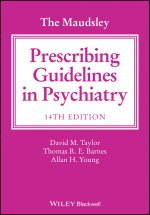
Maudsley Prescribing Guidelines in Psychiatry, 14th Edition
1601 Kč -
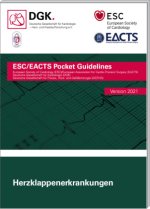
Herzklappenerkrankungen
159 Kč -
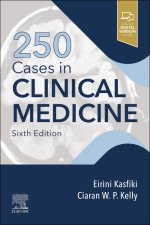
250 Cases in Clinical Medicine
1304 Kč -

Why Stomach Acid Is Good for You
364 Kč -

Nutrition in Clinical Practice
2408 Kč -

General Practice Cases at a Glance
1021 Kč -
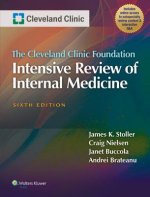
Cleveland Clinic Foundation Intensive Review of Internal Medicine
3719 Kč -

Lifestyle Medicine - Essential MCQs for Certification in Lifestyle Medicine
2230 Kč -

Advances in Diagnosis and Management of Ovarian Cancer
3089 Kč -
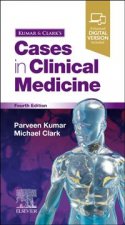
Kumar & Clark's Cases in Clinical Medicine
950 Kč -

Top 100 Drugs
626 Kč -

Medical Secrets
1165 Kč -
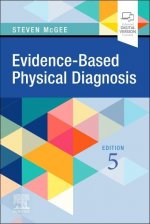
Evidence-Based Physical Diagnosis
1890 Kč -
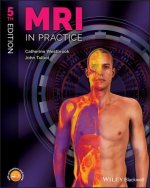
MRI in Practice, 5th Edition
1274 Kč -
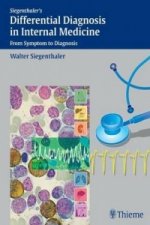
Differential Diagnosis in Internal Medicine
1725 Kč -
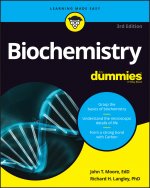
Biochemistry For Dummies, 3rd Edition
678 Kč -

Blood Cells: A Practical Guide, Sixth Edition
4291 Kč -
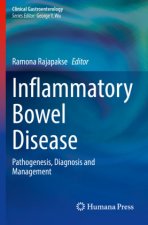
Inflammatory Bowel Disease
2252 Kč -

How to Read a Paper - The Basics of Evidence-based Medicine and Healthcare, 6th Edition
1192 Kč -
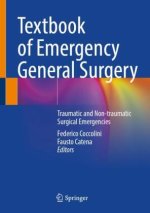
Textbook of Emergency General Surgery
5044 Kč -

Haematology - From the Image to the Diagnosis
2958 Kč -

Infectious Diseases - A Geographic Guide 2e
3337 Kč -
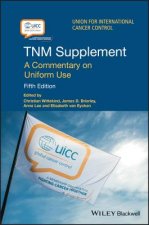
TNM Supplement
1274 Kč -
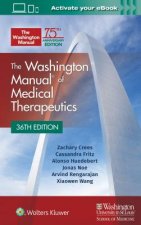
Washington Manual of Medical Therapeutics Spiral
2444 Kč -
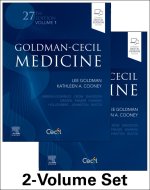
Goldman-Cecil Medicine, 2-Volume Set
5394 Kč -

Medical Product Regulatory Affairs 2e Pharmaceuticals, Diagnostics, Medical Devices
2433 Kč -
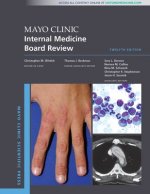
Mayo Clinic Internal Medicine Board Review
4484 Kč -
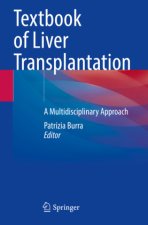
Textbook of Liver Transplantation
2252 Kč -
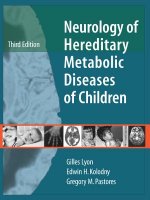
Neurology of Hereditary Metabolic Diseases of Children: Third Edition
8129 Kč -

Diagnostic Cystoscopy
1414 Kč -

Renal Denervation
3927 Kč -
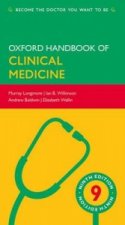
Oxford Handbook of Clinical Medicine
2560 Kč -
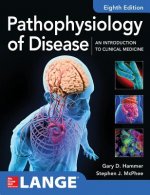
Pathophysiology of Disease: An Introduction to Clinical Medicine 8E
2838 Kč -

Anatomy Essentials For Dummies
242 Kč -
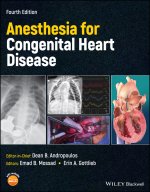
Anesthesia for Congenital Heart Disease 4e
7111 Kč -
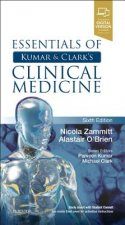
Essentials of Kumar and Clark's Clinical Medicine
921 Kč -
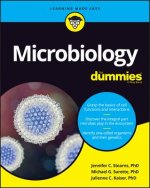
Microbiology For Dummies
483 Kč -
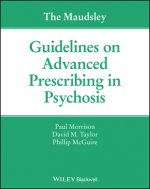
Maudsley Guidelines on Advanced Prescribing in Psychosis
707 Kč -

Handbook of MRI Technique, 5th Edition
1857 Kč -

Oxford Textbook of Medicine
17917 Kč -
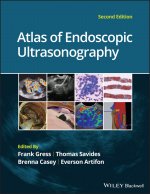
Atlas of Endoscopic Ultrasonography 2e
4855 Kč -

It's All in Your Head
512 Kč -

Bates' Pocket Guide to Physical Examination and History Taking
1152 Kč -
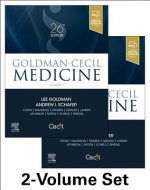
Goldman-Cecil Medicine, 2-Volume Set
4809 Kč -
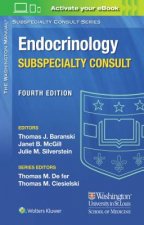
Washington Manual Endocrinology Subspecialty Consult
1953 Kč -

Human Metabolism - A Regulatory Perspective 4e
1665 Kč -
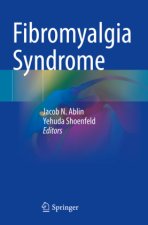
Fibromyalgia Syndrome
2810 Kč -
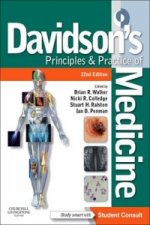
Davidson's Principles and Practice of Medicine
1753 Kč -
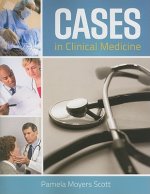
Cases In Clinical Medicine
3340 Kč
Osobní odběr Praha, Brno a 12903 dalších
Copyright ©2008-24 nejlevnejsi-knihy.cz Všechna práva vyhrazenaSoukromíCookies



 Vrácení do měsíce
Vrácení do měsíce 571 999 099 (8-15.30h)
571 999 099 (8-15.30h)